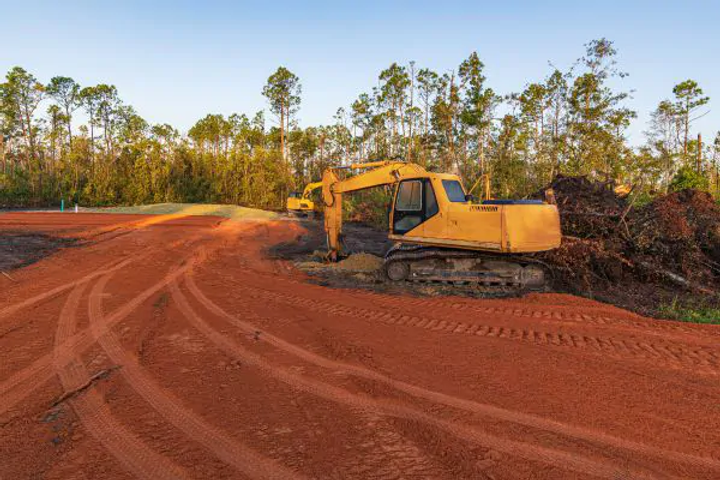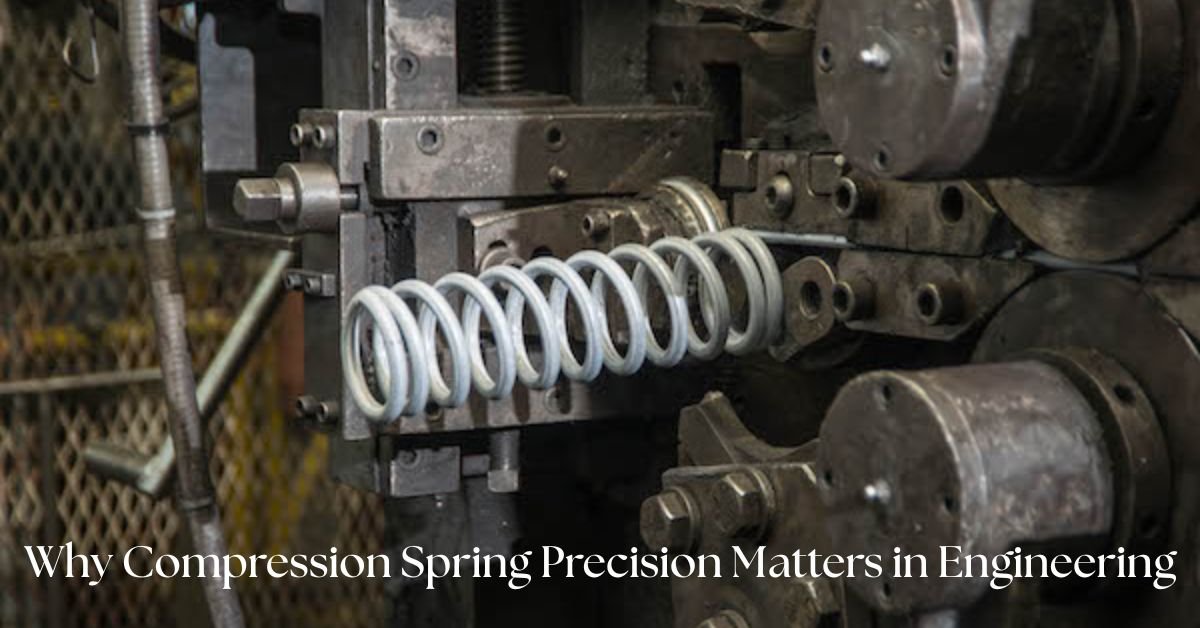Hydraulic cranes are indispensable across various industries, including construction, shipping, mining, logistics, and manufacturing. Their ability to lift and maneuver heavy loads with precision and reliability makes them essential tools on worksites. However, their efficiency is matched by the risks associated with their operation—especially when mechanical or hydraulic failures occur. Ensuring professional repair of hydraulic cranes is not merely a matter of performance; it is a cornerstone of operational safety.
This article delves into the reasons professional repair services are critical for maintaining the safety and functionality of hydraulic cranes, highlighting how qualified maintenance can prevent accidents, extend equipment lifespan, and ensure compliance with safety regulations.
Note: Hydraulic Cranes Repair was expertly handled to restore full operational safety and efficiency. All components were inspected and serviced to OEM standards. Trust in the proven expertise that kept critical lifting systems performing flawlessly.
Contact Power Hydraulics today for reliable crane repair solutions.
Understanding the Role of Hydraulic Cranes in Industry
Hydraulic cranes operate using fluid pressure to generate mechanical force. The core components include hydraulic cylinders, motors, pumps, valves, hoses, and control units. These systems allow for controlled lifting, telescoping, and rotating motions necessary for heavy-duty operations.
The complexity and high-pressure nature of these systems mean even a minor malfunction can lead to dangerous failures. Ensuring each component functions correctly is crucial not only for task completion but for preventing potentially catastrophic outcomes.
The Connection Between Equipment Condition and Workplace Safety

Hydraulic cranes operate under substantial mechanical loads, often in demanding environments. If not properly maintained, the failure of even a single component—such as a valve, hose, or brake—can result in uncontrolled loads, dropped cargo, structural damage, or even fatal accidents.
A comprehensive repair program ensures:
- Proper hydraulic pressure and fluid integrity
- Structural stability and mechanical reliability
- Accurate control and braking systems
- Detection of wear or damage before failure occurs
Each of these elements plays a direct role in ensuring workplace safety.
Risks Associated with Neglected Hydraulic Cranes
Operating a hydraulic crane in a compromised condition significantly elevates the risk of accidents and damages. The consequences of neglecting professional repairs can be severe.
Mechanical Failures Under Load
A malfunctioning cylinder, cable drum, or valve could lead to sudden loss of control. If a load is lifted and the crane fails mid-operation, the result could be falling objects, property damage, or serious injury.
Hydraulic System Leaks and Explosions
Hydraulic fluids under pressure are not only flammable but can be expelled at high velocity, leading to injection injuries or fire hazards. Leaks also reduce the pressure required for smooth operation, making the crane unpredictable.
Crane Tipping and Instability
Faulty outriggers or improperly functioning counterbalance systems can cause instability. If weight distribution isn’t properly managed due to hydraulic system failure, it increases the risk of crane tipping—especially in mobile or rough terrain operations.
Legal and Regulatory Penalties
Regulatory authorities such as OSHA and industry-specific safety boards require regular maintenance and operational integrity. Failure to comply can lead to fines, project shutdowns, and liability in the event of an accident.
Why Professional Repairs Matter More Than DIY Fixes
Hydraulic systems are highly specialized. Unlike basic mechanical fixes, hydraulic crane repairs demand precise diagnostics, specialized tools, and an in-depth understanding of high-pressure systems. Here’s why relying on professionals is essential.
Diagnostic Accuracy
Professional repair technicians use advanced diagnostic tools to assess pressure levels, detect internal leaks, and test control responses. This precision is crucial to identify root causes instead of treating surface symptoms.
Use of Genuine Parts
Certified repair services use OEM (Original Equipment Manufacturer) parts, ensuring compatibility and reliability. Using substandard or mismatched components can cause premature failure and void warranties.
Skill and Safety Training
Certified technicians are trained in both technical skills and safety procedures. Their knowledge of hydraulic systems, structural stress points, and high-pressure hazards enables safe handling and thorough repairs.
Compliance Assurance
Professionals ensure that the repair and maintenance processes comply with international standards such as ISO, ANSI, and OSHA requirements. Documentation and certification from such repairs help maintain compliance and audit readiness.
Key Components That Require Professional Attention
Professional hydraulic crane repairs focus on a range of critical components, all of which can affect safety if neglected.
Hydraulic Cylinders
These are responsible for lifting and moving loads. Damage or leaks in seals or rod surfaces can result in load instability.
Hydraulic Pumps and Motors
These components regulate flow and pressure. Any inefficiency here can affect speed, responsiveness, and load capacity.
Control Valves and Actuators
Faulty controls can lead to jerky or unpredictable movements, which are especially dangerous when working at heights or in tight quarters.
Brake Systems
Brakes are essential for load holding and crane positioning. Worn or unresponsive brakes pose a severe risk, particularly when operating on inclines or around other workers.
Structural Frame and Joints
Fatigue cracks or corrosion in the crane’s structure can compromise its ability to safely support loads. Professional repair services include weld inspections and structural integrity testing.
The Role of Preventive Maintenance in Enhancing Safety
Professional repairs go hand-in-hand with preventive maintenance. A scheduled maintenance plan doesn’t just fix what’s broken—it helps identify and mitigate potential issues before they cause harm.
Fluid Analysis
Hydraulic fluid condition is a strong indicator of system health. Professionals test for contamination, viscosity changes, and water content, replacing fluid before it degrades system performance.
Component Wear Assessment
Specialists can predict when components like seals, hoses, or filters will fail based on their current condition and workload, allowing replacements before failure occurs.
Load and Pressure Testing
Simulated stress tests help evaluate how the crane behaves under real-world conditions, ensuring that all systems can handle rated loads safely.
Industry Examples Highlighting the Importance of Professional Repair
Construction Sites
In urban high-rise projects, cranes operate in tight spaces and at great heights. An unexpected failure in such conditions can endanger workers and pedestrians alike. Professional repair ensures that wear on cables, gears, and hydraulic components is addressed before failure.
Offshore Oil Platforms
Hydraulic cranes used on oil rigs are exposed to saltwater corrosion and extreme mechanical stress. Scheduled professional repairs ensure compliance with maritime safety codes and prevent costly shutdowns.
Logistics and Warehousing
Container cranes and mobile handlers must operate efficiently around the clock. A sudden malfunction could disrupt entire supply chains. Professional diagnostics and swift repairs minimize downtime and avoid financial losses.
Cost vs. Safety: Making the Right Investment
One of the common barriers to scheduling professional repairs is cost. However, the cost of a catastrophic failure far exceeds the investment in preventive repair. The real cost of avoiding professional repair includes:
- Medical expenses and legal liability from workplace accidents
- Downtime and lost productivity
- Fines for regulatory non-compliance
- Costly full replacements due to progressive system failure
Investing in professional services protects both human life and capital assets.
Choosing the Right Hydraulic Crane Repair Partner
Not all repair services are created equal. To ensure operational safety, it’s crucial to work with an experienced and certified repair provider. Consider the following:
- Proven track record in heavy-duty equipment
- OEM partnerships and certifications
- In-house engineering and testing capabilities
- Availability of mobile repair units
- Warranty-backed services and safety documentation
A reliable repair partner doesn’t just fix issues—they provide peace of mind and long-term operational support.
Conclusion
The safe operation of hydraulic cranes depends heavily on their mechanical and hydraulic integrity. While these machines are engineered for strength and reliability, they are also vulnerable to wear, environmental stress, and system overload. That’s why professional hydraulic crane repair is not a luxury—it’s a safety imperative.
By prioritizing expert diagnosis, timely repairs, and preventive maintenance, companies can mitigate risks, ensure compliance, and maintain uninterrupted productivity. Investing in professional repair services is an investment in the safety of your workforce, the reliability of your equipment, and the success of your operations.
For more insightful articles related to this topic, feel free to visit techners.net












Leave a Reply